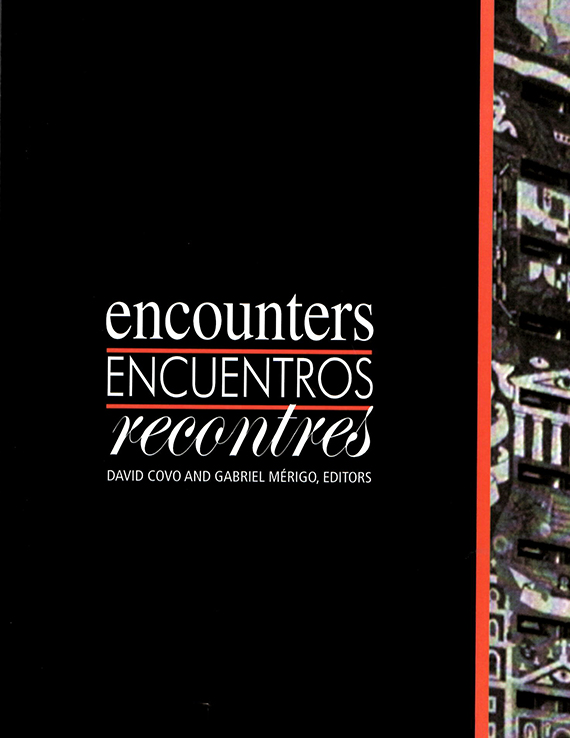Author(s): Mark J.
In recent years there has been a tendency to identify modernist buildings of color with peoples of color—for example, with the palettes of Barragán in Mexico and Lina Bo Bardi in Brazil—as opposed to the supposed Neue Sachlichkeit European whiteness of, say, the Weissenhofseidlung in Stuttgart. Of course, the historical record shows something somewhat different, even in these emblematic examples: Only one third of the buildings in the Weissenhofseidlung were actually white, and off-white at that. The rest were either tinted—pink in the case of Mies van der Rohe’s contribution—or strongly colored, as in the houses by Bruno Taut and Le Corbusier. Further, Lina Bo Bardi’s struggles to get her projects colored the way she wanted them indicate something of the complexities of the situation in Latin America. The essentialist myth of white at the center, color at the margins, is interesting because it reveals something of the ideology surrounding color in and on architecture in Europe, and its highly contested status since the polychromy debates of the nineteenth century. Thus, it may be useful to look at the use of color in the contemporary practice of Gigon/Guyer, based in Zurich, whose work is explicitly and unaplogetically interested in color and rejects a touristic, ethnic account it in favor of a tectonic one, derived from Semper. This investigation reads the variety of experiments and approaches in their buildings through two primary texts: “The Textile Art” in Semper’s Style and the Technical and Tectonic Arts and Hitchcock and Johnson’s The International Style. While neither text presents itself as definitive or prescriptive, each provides an articulate and emblematic account of ways one may think about color, and appropriate means by which one may employ it. That the two texts describe ideologically opposed stances may help shed light on the diverse set of chromatic strategies Gigon/Guyer have tested over the past several years.
Volume Editors
David Covo & Gabriel Mérigo Basurto
ISBN
0-935502-57-2

 Study Architecture
Study Architecture  ProPEL
ProPEL 
